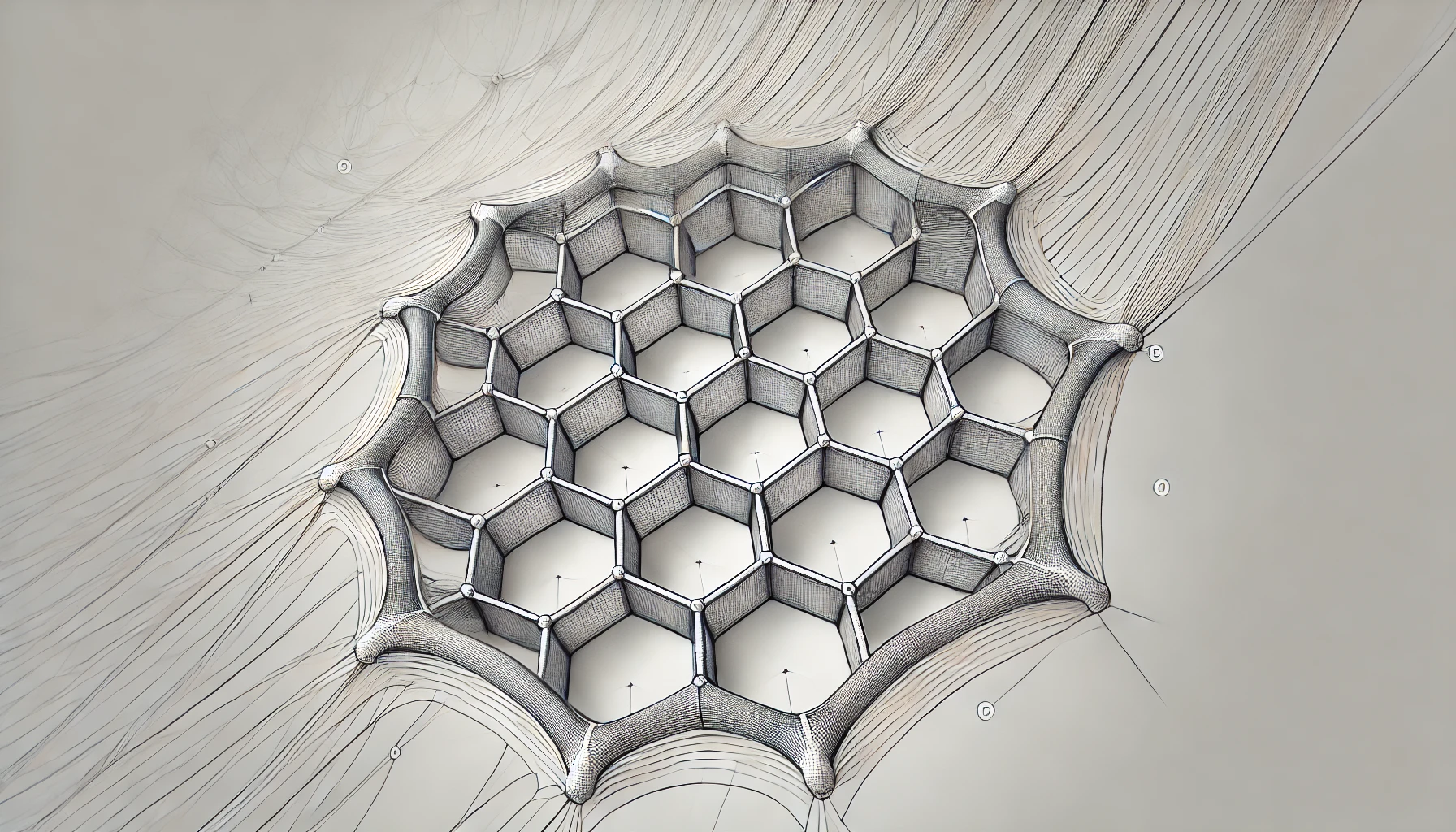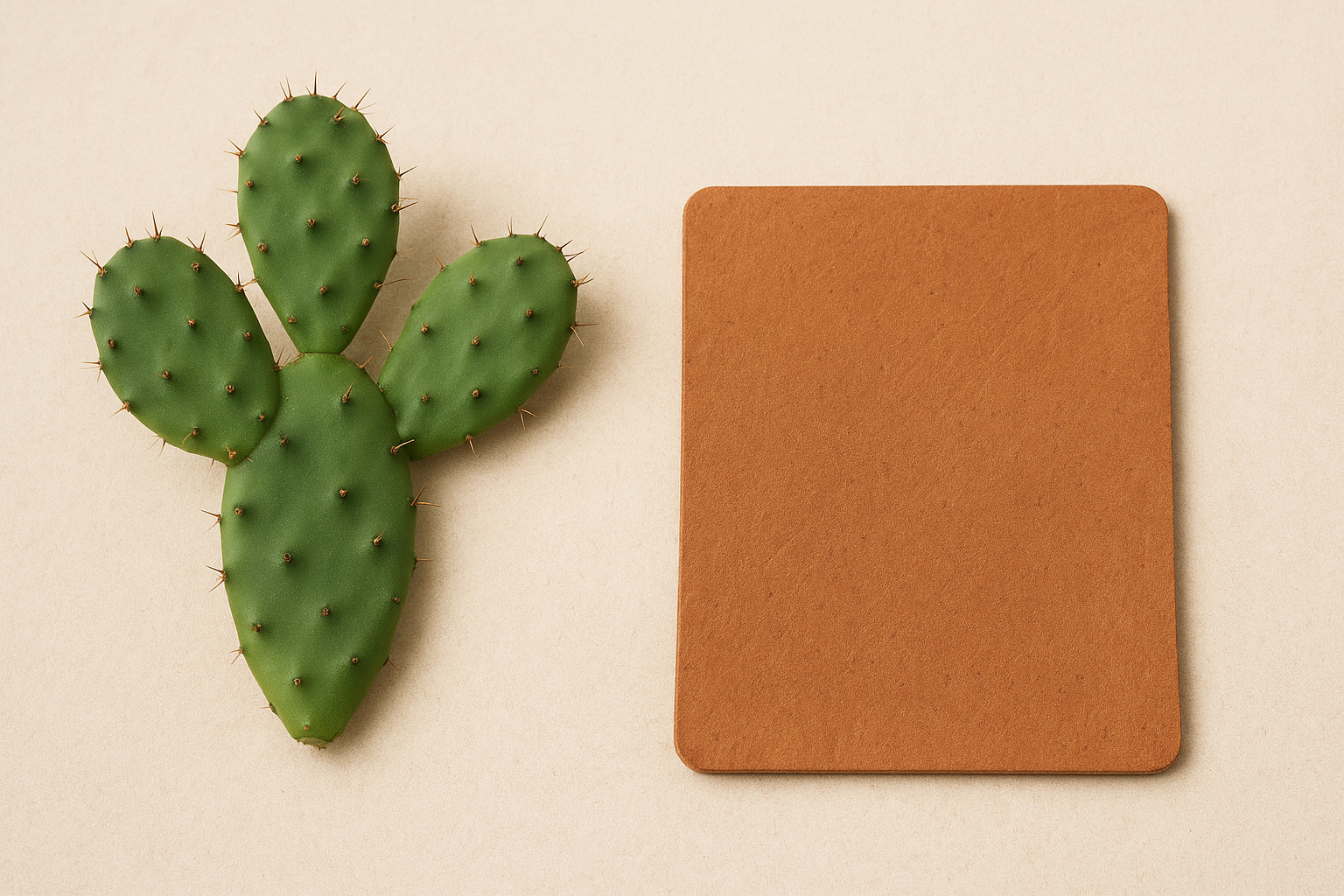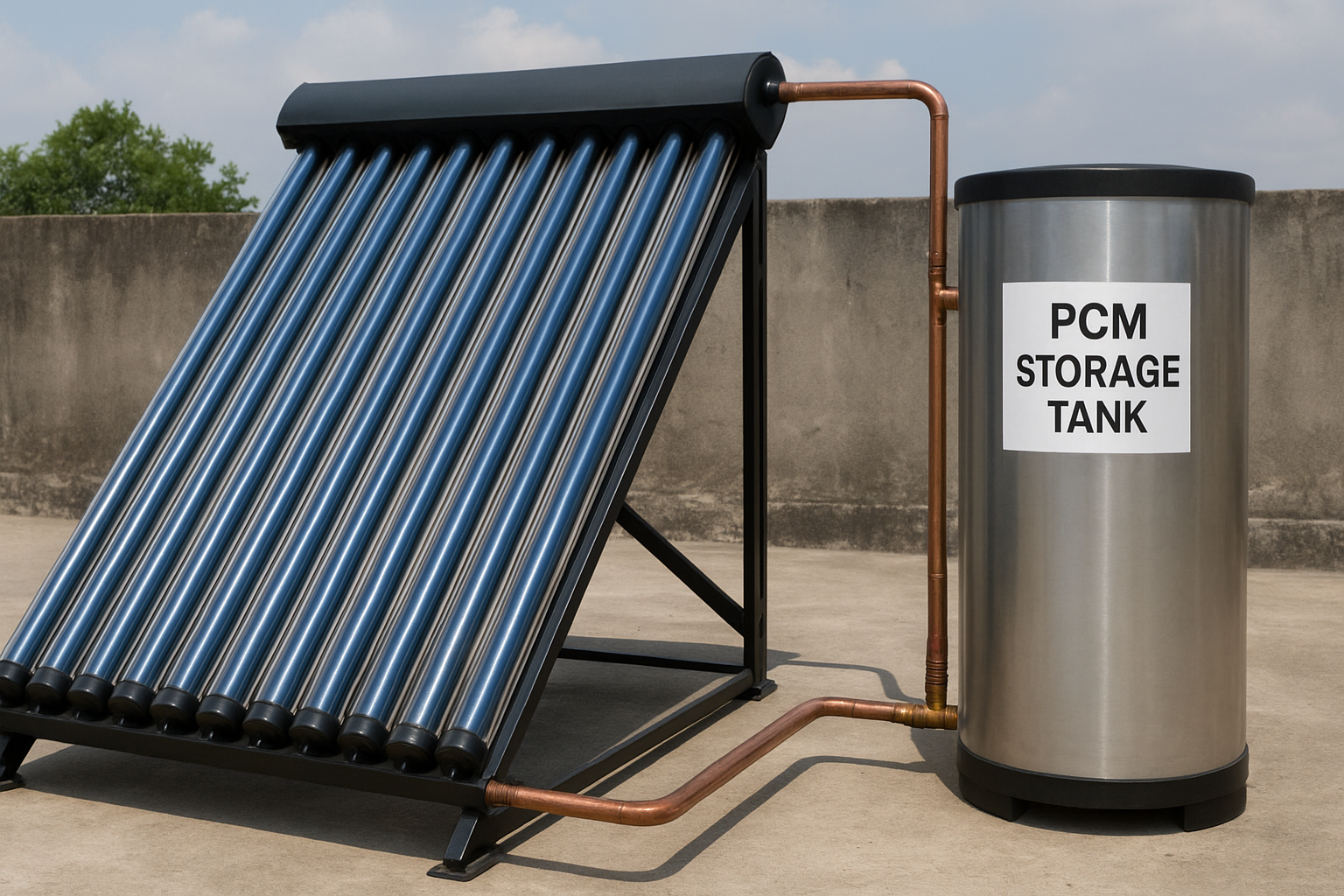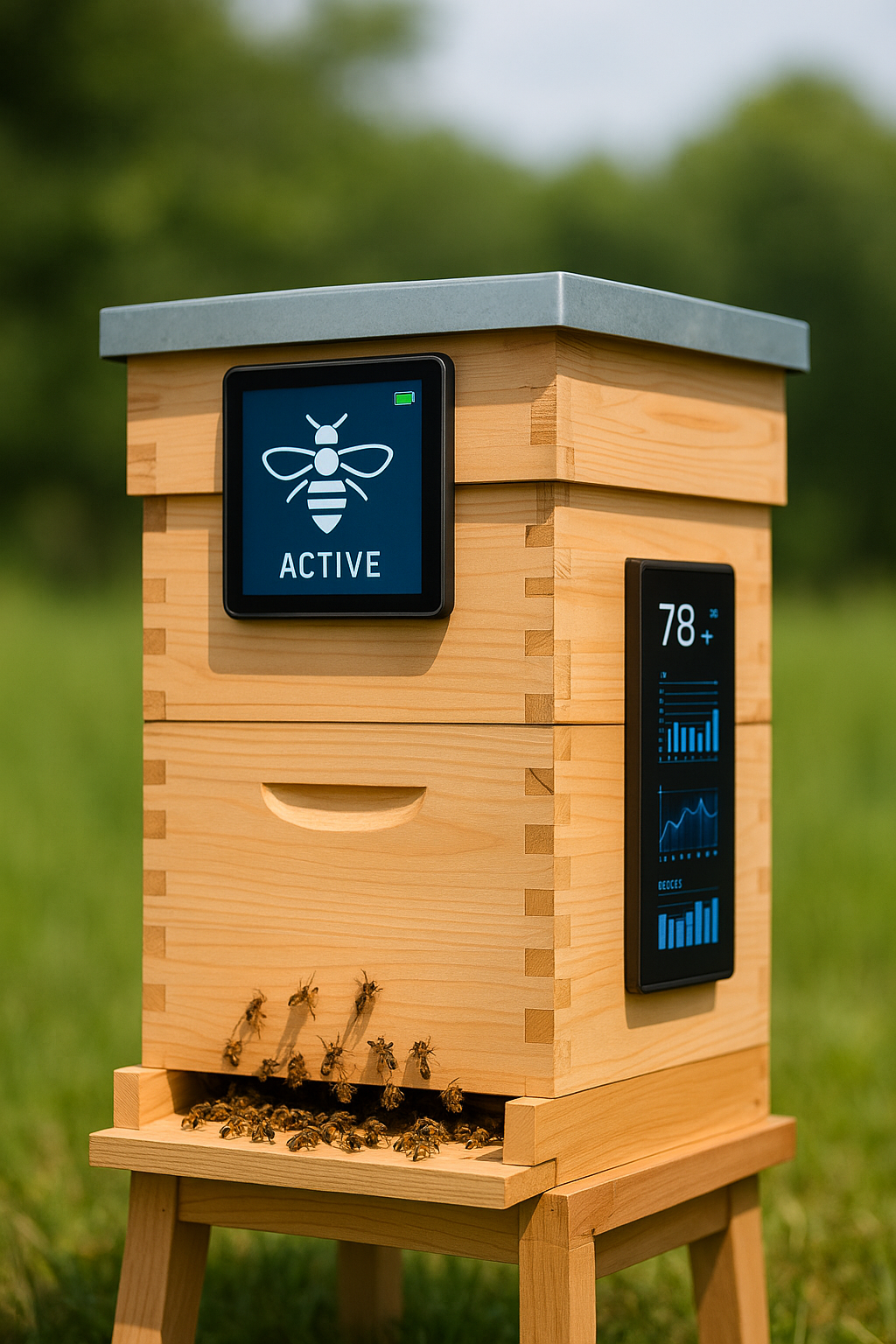Introduction
Continuous membrane structures are widely used in architecture, bioengineering, and materials science due to their flexibility, durability, and aesthetic appeal. A “Penta Membrane” design involves a five-sided (pentagonal) structure that can be arranged continuously to form complex, interconnected patterns. Such designs are often seen in geodesic domes, tension structures, and other applications that require lightweight yet resilient materials. In this guide, we’ll cover the basics of designing a continuous penta membrane, including materials, structural considerations, and practical steps for creating a prototype.
Abstract
This project outlines the steps needed to design a continuous penta membrane structure, focusing on the structural, material, and geometric aspects. By using lightweight materials like flexible polymers or textile membranes, this design can be implemented in both small-scale models and large-scale applications, such as architectural structures. This guide is intended for architects, engineers, and hobbyists interested in learning the design principles of penta membranes for practical applications in structural and material sciences.
Materials
To design and build a model of a continuous penta membrane, you’ll need the following materials:
- Flexible Membrane Material: This can be a polymer film, stretchable fabric, or any lightweight material with some tensile strength.
- Pentagonal Frames: Rigid frames or templates in a pentagonal shape to hold the membrane in place. These can be made from lightweight metals, plastics, or wood.
- Connector Pieces: For joining the pentagonal frames together, use connectors like joints or adhesive materials to ensure stability in the structure.
- Cutting Tools: Scissors or a precision cutter to shape the membrane material according to the design.
- Measuring Tape and Ruler: To ensure precise measurements for the membrane material and frame alignment.
- Adhesive or Fasteners: Double-sided tape, glue, or fasteners that are suitable for joining membranes to frames.
- Computer-Aided Design (CAD) Software (optional): For designing the structure and ensuring that the penta membranes align seamlessly in a continuous pattern.
Procedure
Step 1: Design the Basic Pentagonal Membrane Unit
- Create a Template: Start by designing a pentagonal shape as the base unit for your membrane structure. Each side should be equal in length to ensure symmetry and easier connectivity in the continuous design.
- Add Tension Points: Designate points around each corner of the pentagon where the membrane will experience the most tension. This will help the structure maintain its shape when assembled.
- Model in CAD (optional): Use CAD software to create a digital model of the pentagonal membrane. This can help in visualizing how multiple units will connect and form a continuous structure.
Step 2: Cut and Prepare the Membrane Material
- Measure and Cut: Using your template, measure and cut the flexible membrane material into multiple pentagonal shapes. Ensure precise cuts to maintain symmetry and uniformity in the final structure.
- Attach to Frame: If using rigid frames, stretch and attach the membrane material to the frame using adhesive or fasteners. Make sure the membrane is taut to maintain structural integrity.
Step 3: Assemble the Continuous Penta Membrane
- Connect the Units: Begin connecting the pentagonal units by joining each frame at designated edges. If using a rigid frame, secure with connector pieces or adhesives to maintain the structure.
- Create a Seamless Pattern: Arrange each pentagonal unit so that they connect continuously, forming a cohesive and continuous surface. Adjustments may be necessary to ensure all units fit together without gaps.
- Apply Tension: Apply slight tension at strategic points (such as the edges and vertices) to ensure the membrane is smooth and continuous. This step will help create a uniform surface across the entire structure.
Step 4: Reinforce the Structure (Optional)
- Add Support Struts: For larger applications, add support struts or cables between the membrane units to provide additional structural strength and prevent sagging.
- Edge Reinforcement: If the membrane structure will be exposed to tension or external forces, consider reinforcing the edges with additional material or tension cables.
Applications of a Continuous Penta Membrane
- Architectural Structures: Penta membrane designs are used in tension structures, such as canopies, awnings, and lightweight roofs, offering both functionality and visual appeal.
- Geodesic Domes: Penta membrane patterns can be part of geodesic domes or other multi-faceted structures that require modular, lightweight, and continuous surface areas.
- Greenhouses and Bioengineering: Continuous membrane designs allow for controlled environments in applications like greenhouses and hydroponics, where flexible yet durable enclosures are needed.
- Art Installations and Exhibits: Due to their unique aesthetic, penta membranes are often used in artistic installations, bringing a futuristic or geometric appeal to public spaces.
Results
Upon completing the design and assembly of the continuous penta membrane, you should observe a stable structure that maintains a continuous surface with minimal gaps. The structure’s strength will largely depend on the materials used and the tension applied. For larger projects, the addition of support elements will further enhance the durability of the membrane.
The continuous penta membrane provides a lightweight, flexible solution suitable for various architectural and engineering applications. It is also visually pleasing, as the repeating pentagonal shapes create a dynamic and modern aesthetic that is ideal for innovative design projects.
Conclusion
Designing a continuous penta membrane is a versatile project that showcases the intersection of geometry, material science, and structural engineering. This project demonstrates how a simple geometric unit—the pentagon—can be scaled and connected to form complex, visually stunning, and functional structures. The continuous penta membrane design can be adapted for architectural, engineering, and artistic applications, allowing for significant flexibility and creativity in implementation.
By following this guide, you can create a small-scale model or even a large-scale structure, gaining insight into the challenges and beauty of membrane design. With further exploration, continuous membrane structures can inspire more advanced applications in fields such as bioengineering, urban design, and sustainable architecture






